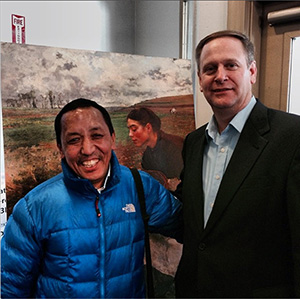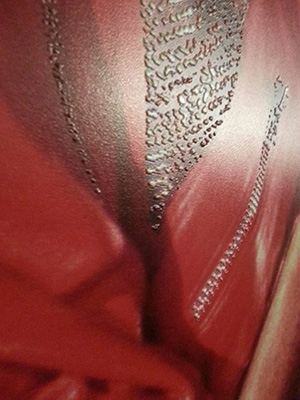
For artists and photographers who want to give a little more depth to their work, but would rather not go the route of, sometimes corny, 2D to 3D conversion software, Apprintus offers an alternative. The company recently displayed its 3D printing technology at CES, showcasing a method for adding 3D brushstrokes to 2D images that mimic the texture of actual paintings. After receiving widespread appeal at the tech conference, Apprintus went to the Sundance Film Festival where it announced the launch of an Indiegogo campaign that would help the printing company get the exposure needed to get off the ground.
I spoke with the company’s president, Justin Fawson, to get a better idea of how the technology works. Apprintus uses custom software that reads a 2D image, such as a photo, and constructs 3D, brush-like textures, and converts the image to a 3D file. In particular, the software can examine an actual 2D painting, determine where the brush strokes are, and reproduce them accurately. The 3D file is then sent to their flat-bed UV curing inkjet printer, which prints the painting with brushstrokes that reach up to 2” from the painting’s surface. The process can be used for printing images as large as 8 feet by 10 feet.

The company’s tagline is that they’re bridging the gap between 2D and 3D printing. If you’re with them on their mission, you can contribute to their Indiegogo campaign, receiving reproductions of famous works of art, either licensed to them or in the public domain. You can watch their Indiegogo campaign video below:
Source: PR Web


